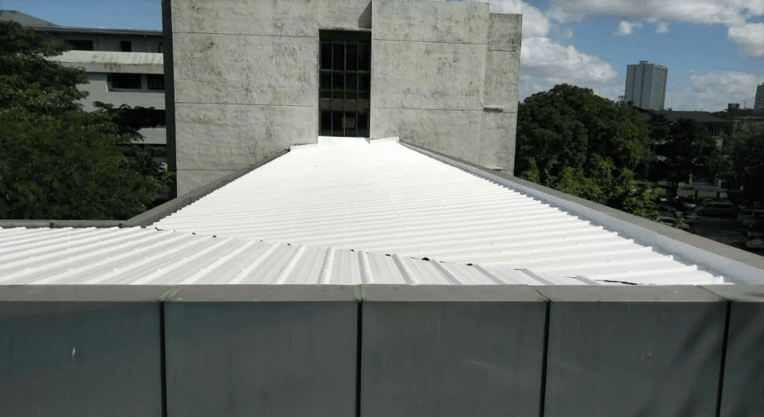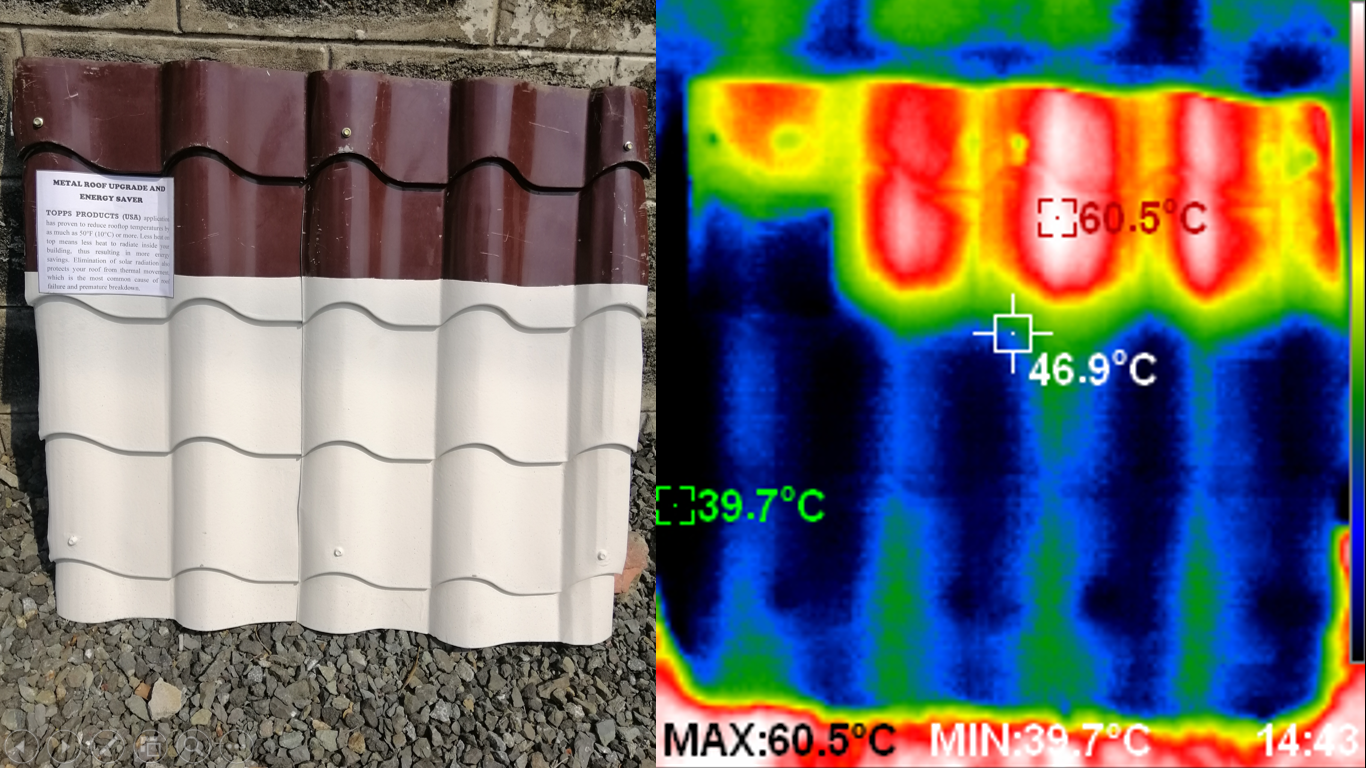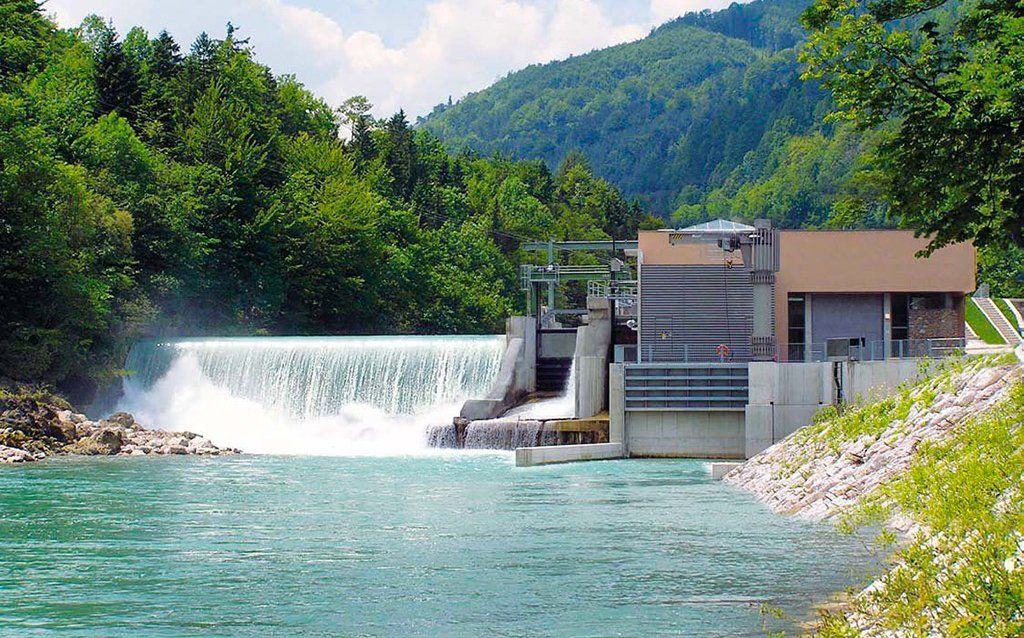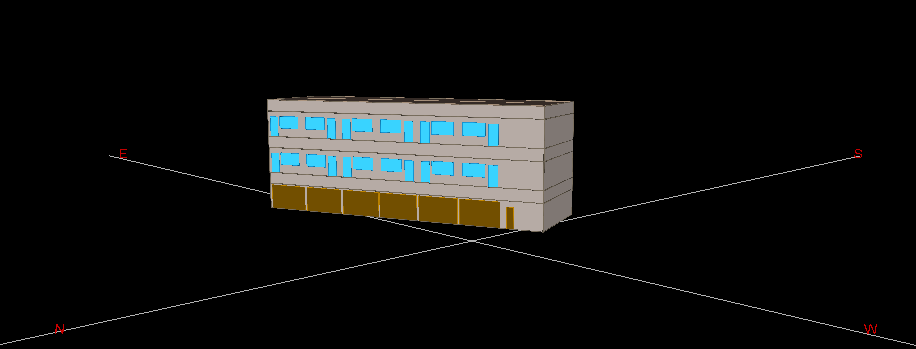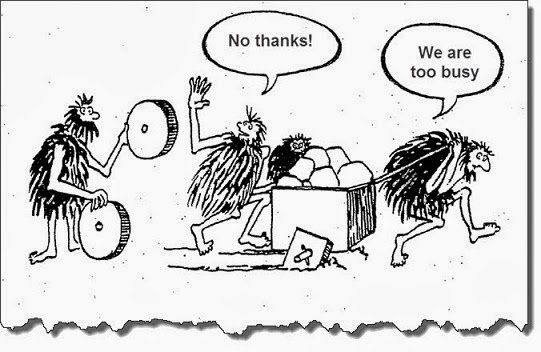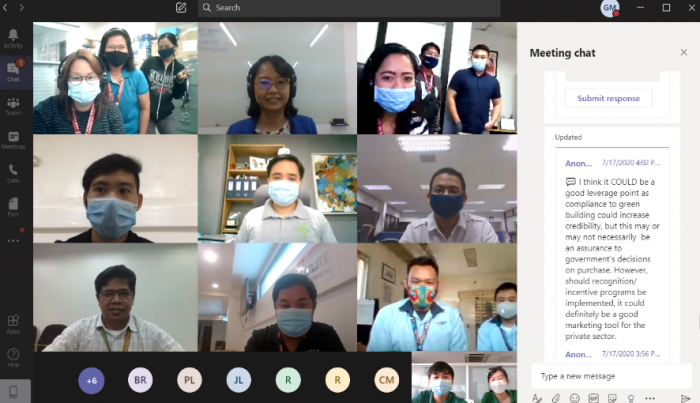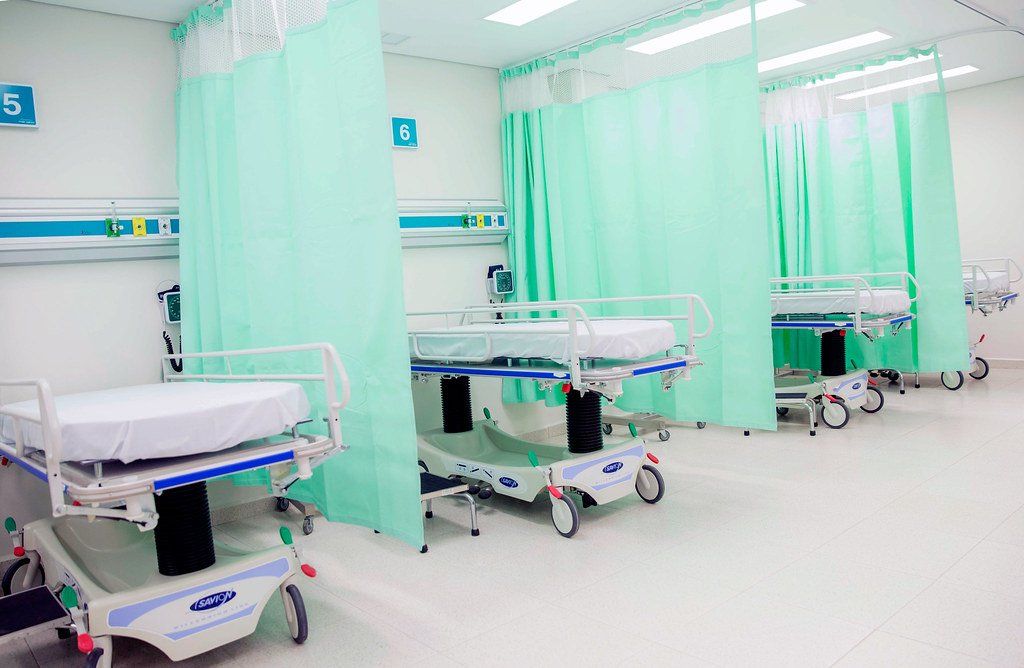Harnessing The Winds
Within the ASEAN, the Philippines has risen to the top when it comes to wind power generation. Measures such as the feed-in-tariff (FIT) have contributed to renewable energy development and with its geographical location, the country is a prime spot for wind energy potential. Given the National Renewable Energy Plan for 2012-2030, roughly 1,548 MW of renewable energy is set to be added to the electricity grid by 2030, with 38% of this stemming from wind.
The concept of wind power is similar to a pinwheel, wherein the wind’s kinetic energy is used to rotate the device, thus translating the mechanical energy into electricity. Generally, the efficiency of wind power systems would range between 40%-50%. When it comes to wind power, there are two main types of turbines; horizontal-axis (HAWT) and vertical-axis (VAWT). For the horizontal-axis, the blades would resemble propellers or electric fans while vertical-axis blades would look like an egg beater. The HAWTs would be the more commonly used type when it comes to wind farms due to it having a higher efficiency than vertical-axis ones, though when it comes to maintenance and lower construction costs, the VAWT would have the advantage.
In the Philippines, particularly in the Ilocos province, wind energy has made a significant impact in its economic and livelihood growth. The first commercial wind farm in Southeast Asia would be the Bangui Wind Farm with a 33 MW nameplate capacity. The current largest wind project in the region is also located in Ilocos, namely the Burgos Wind Farm which consists of 50 wind turbines, each with a 3 MW peak capacity. Most of the wind power here in the country would come from onshore wind farms, however research on offshore wind potential is growing. With our archipelagic makeup, this would greatly contribute to the renewables generation mix of the nation.
Apart from the macro wind turbines, which refer to those installed for large-scale energy production such as wind farms, the micro wind turbines or building-integrated wind turbines should be considered for localized electricity generation. Normally, one would picture the horizontal-axis type of turbines placed along the sides of the building, however for aesthetic purposes and minimal noise, the use of vertical-axis type turbines is preferred in this case. Another particular kind of micro wind turbine would be the ducted type. Its blade diameter would average around 600 mm and these turbines are usually placed below solar PV panels in building rooftop installations. Though there would be less visual impact in terms of architecture, the disadvantages of ducted turbines would be its restrictive nature wherein they would only produce energy when the wind is blowing at the proper direction.
To end this blog, I would like to mention a film entitled “The Boy Who Harnessed the Wind” which depicts the story of a boy who was able to construct a wind turbine as a way to pump water to irrigate the farmlands. This is an inspiring story of how wind energy was able to give the people of Kasungu, Malawi a chance to rebuild their lives despite the famine and lack of resources. Continuing the discussion on renewables, tune in for the next blog wherein we talk about how water can be converted into energy.
To find out more about energy modelling and our consultancy services, check our our website at www.greensolutions.ph.




